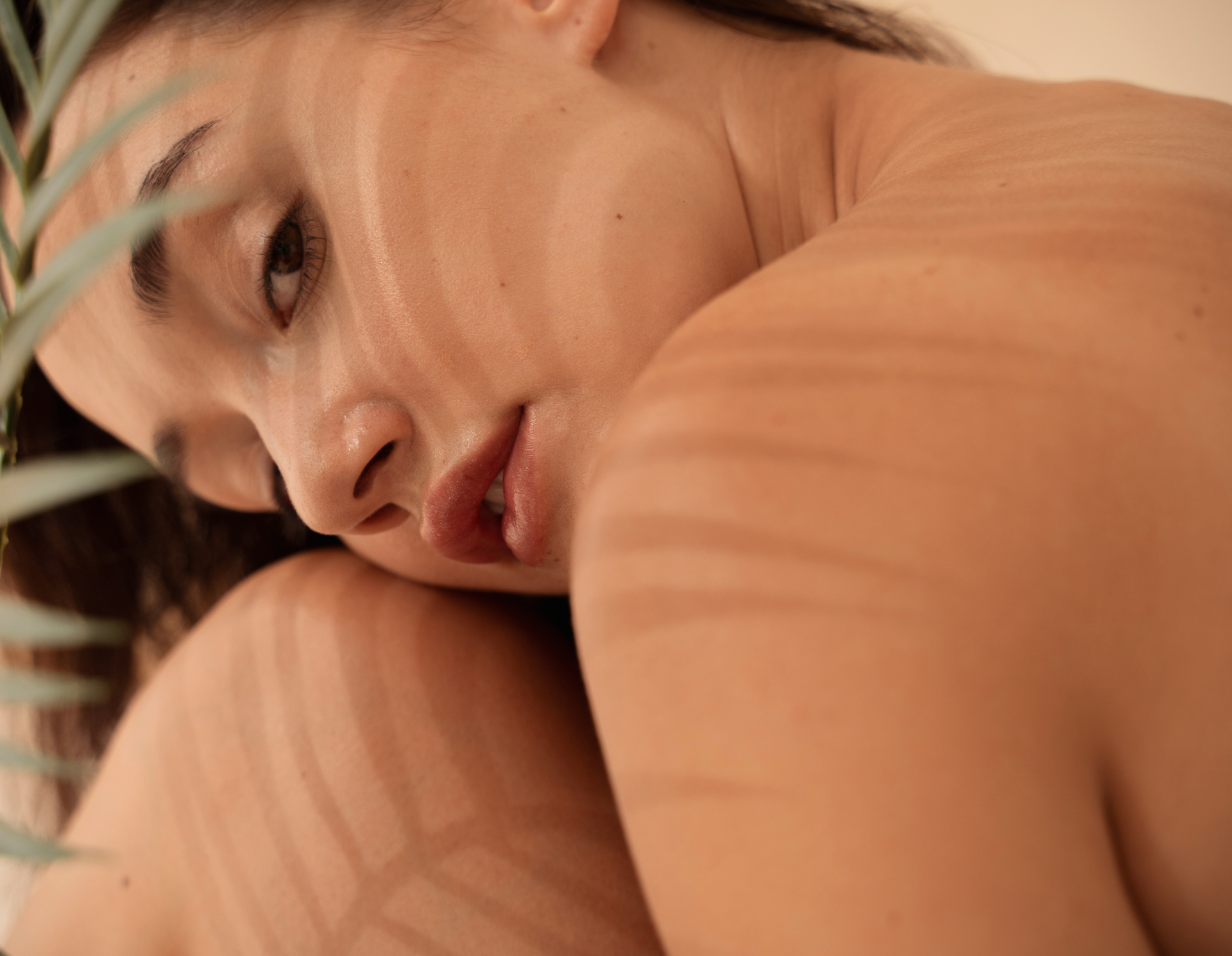How to Manage Radiation Burns and Skin Irritation During Treatment
Protecting and Soothing Your Skin Through Radiation Therapy
Radiation therapy is an essential treatment for many cancer patients, but it often comes with uncomfortable side effects, particularly skin irritation and burns. Understanding how to care for your skin during treatment can help minimize discomfort and protect your skin’s health. In this blog, we’ll explore the causes of radiation burns, effective skincare strategies, and recommended products to support your skin during treatment.
Why Does Radiation Cause Skin Irritation?
Radiation therapy targets cancer cells but can also affect healthy skin cells in the treated area. This damage can lead to redness, peeling, dryness, and in some cases, more severe burns. The extent of skin irritation depends on factors like treatment duration, skin sensitivity, and exposure levels.
Tips for Managing Radiation Burns and Irritation
- Keep the Skin Clean and Dry
Use a gentle, fragrance-free cleanser to wash the affected area. Avoid scrubbing and instead, pat the skin dry with a soft towel to prevent further irritation. - Moisturize with Radiation-Safe Products
Hydration is key to protecting the skin barrier. Apply a gentle, non-irritating moisturizer recommended by your healthcare provider. Products free from alcohol, perfumes, and harsh chemicals work best. - Avoid Tight Clothing and Friction
Wearing loose-fitting, breathable fabrics like cotton can reduce irritation caused by rubbing. Avoid synthetic materials that can trap heat and moisture. - Protect from Sun Exposure
Radiation-treated skin is especially sensitive to UV rays. If you must be outside, wear protective clothing and use a mineral-based sunscreen with SPF 30 or higher, as recommended by your doctor. - Avoid Harsh Skincare Products
Steer clear of exfoliants, alcohol-based toners, and retinoids, which can further irritate sensitive skin. Opt for mild, nourishing skincare designed for compromised skin.
Kureology M.D. for Radiation-Treated Skin
Kureology M.D. specializes in skincare products designed specifically for sensitive and compromised skin, offering nourishing hydration and soothing relief for radiation-treated skin. These products are formulated to help maintain skin hydration, soothe irritation, and promote skin recovery during radiation therapy.
Contact Kureology M.D.
Taking proactive steps to care for your skin during radiation therapy can significantly improve comfort and healing. By following these guidelines and incorporating high-quality skincare products like those from Kureology M.D., patients can better manage radiation side effects and maintain healthier skin throughout treatment. Always consult your oncologist or dermatologist for personalized skincare recommendations.
At
Kureology M.D., we understand the unique skincare challenges that come with cancer treatments. We’re here to help you find the best solutions for your skin’s needs.
Contact us today to learn more about our recommended products and expert skincare guidance.





Share On: